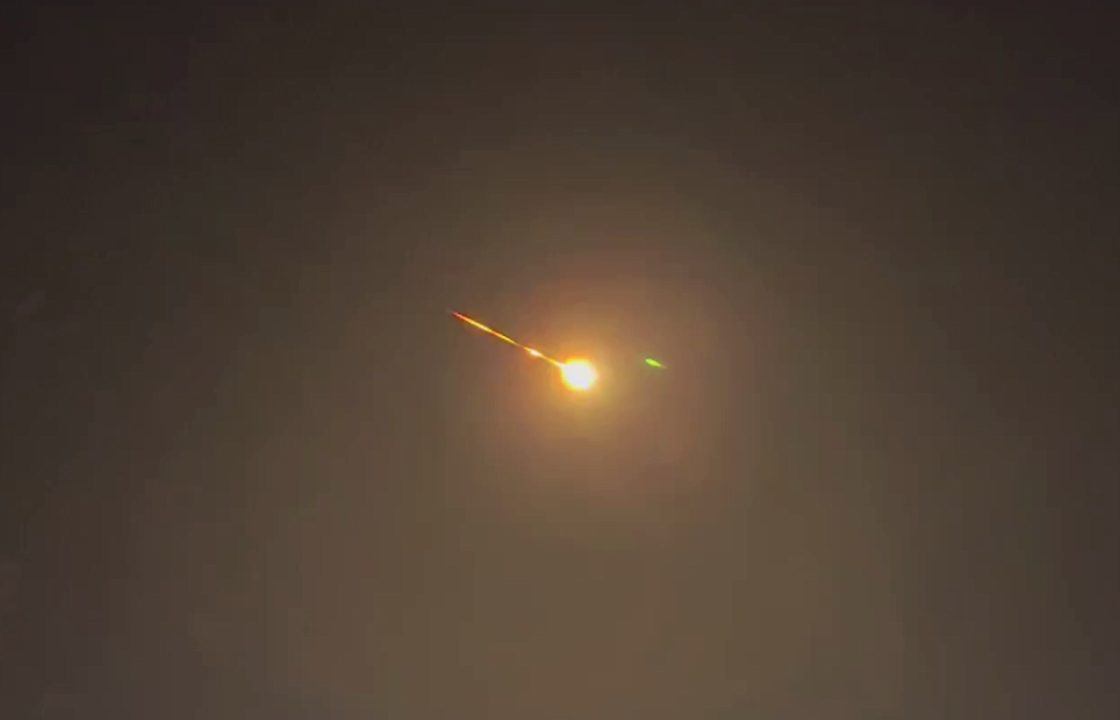Stargazers across Scotland had a front row seat as a bright meteor was spotted in the night sky.
On Wednesday night, a bright orange light was seen shooting across the sky, and a loud bang was also heard.
People have reported seeing the meteor in Argyll and Bute as well as on the Isle of Lewis, Stirling, and Glasgow.
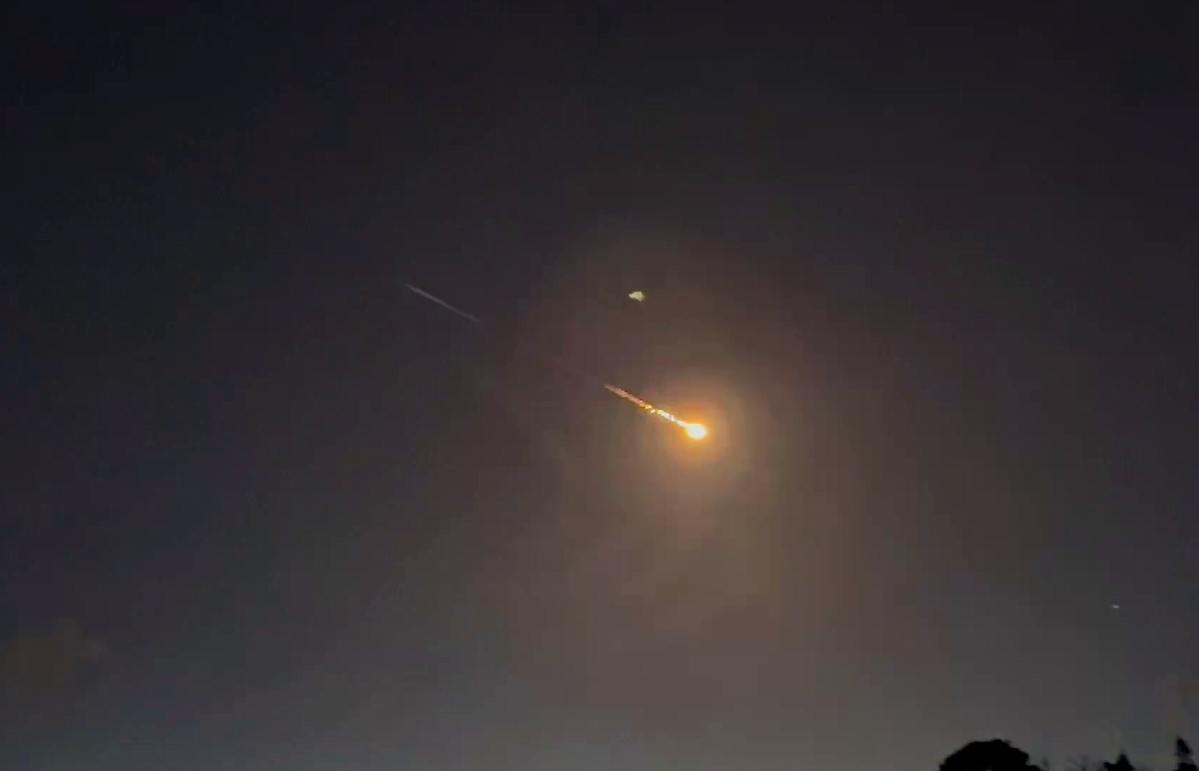 Adrian Coll
Adrian CollMeteors are bits of rock that burn up when they enter the Earth’s atmosphere, creating streaking light across the sky.
Hundreds of Scots took to social media to share pictures of the bright light, with some reporting hearing a loud bang they assumed was an “earthquake”.
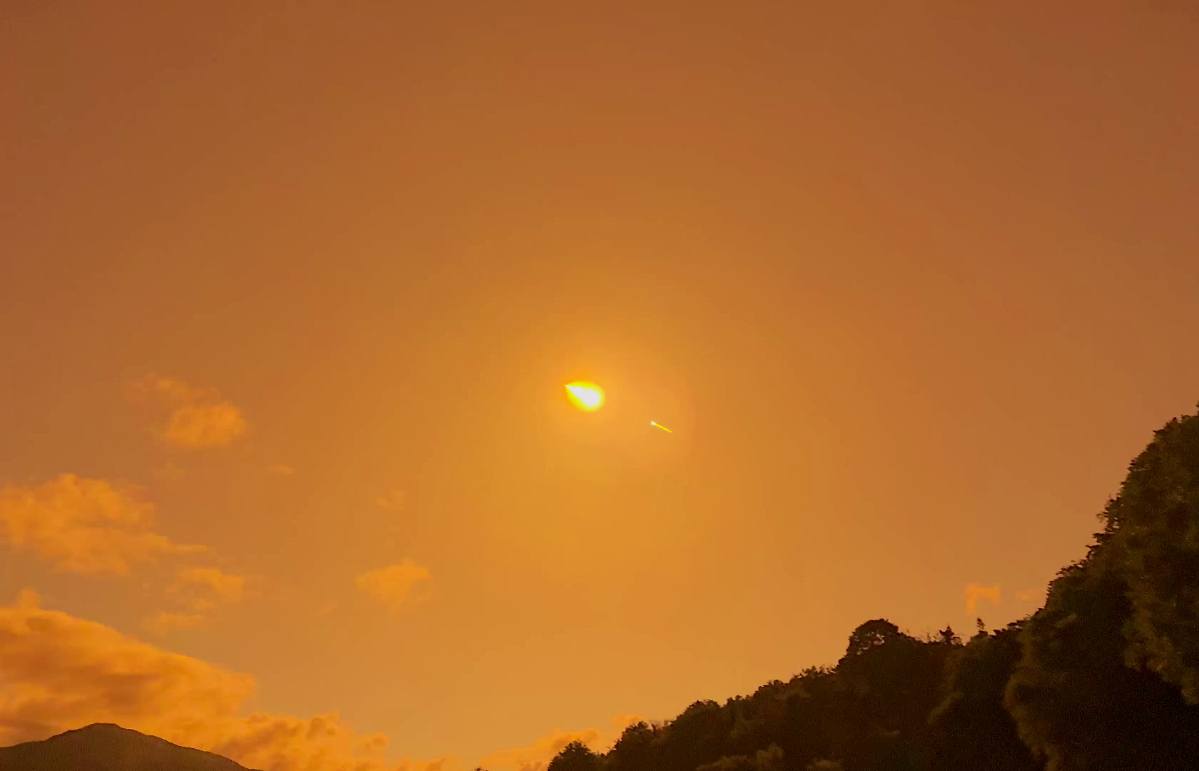 Adrian Coll
Adrian CollSTV meteorologist Sean Batty said for a bang to be heard, the meteor was probably a piece of space rock bigger than a golf ball.
Dr Cyrielle Opitom from the University of Edinburgh’s Institute for Astronomy said the meteor looked “fairly big” in nature.
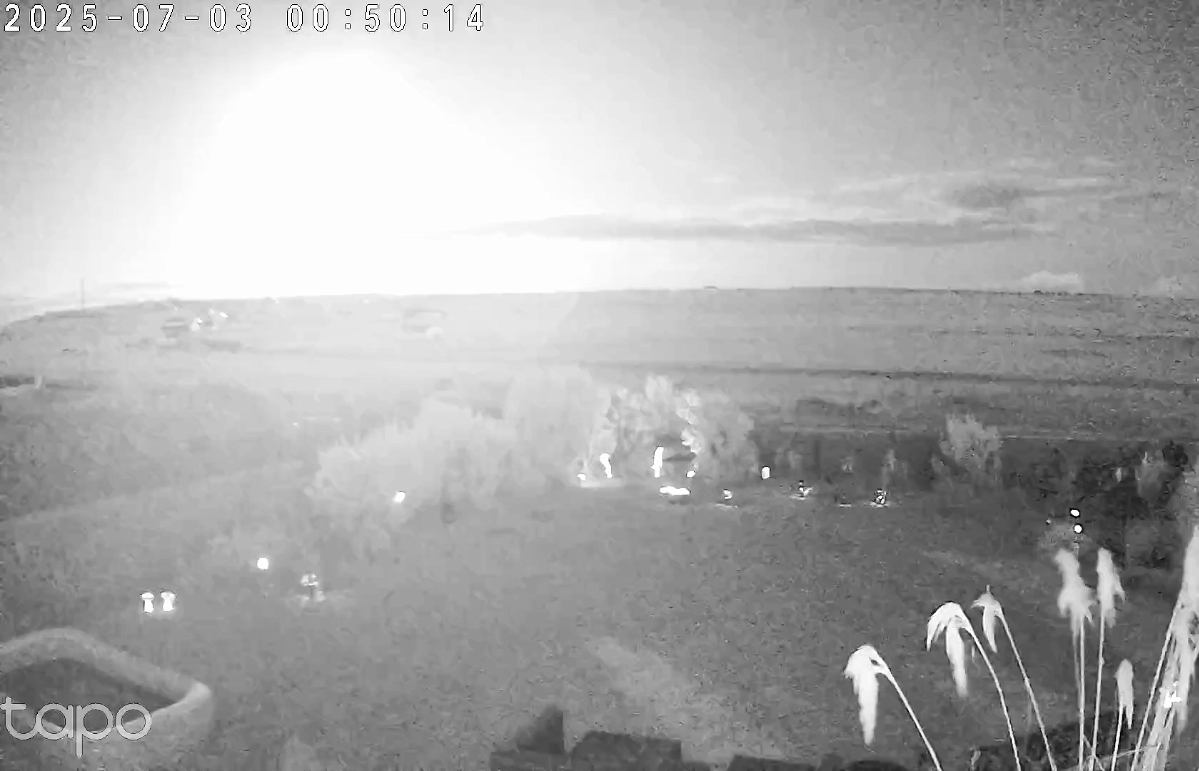 Norma Macleod
Norma Macleod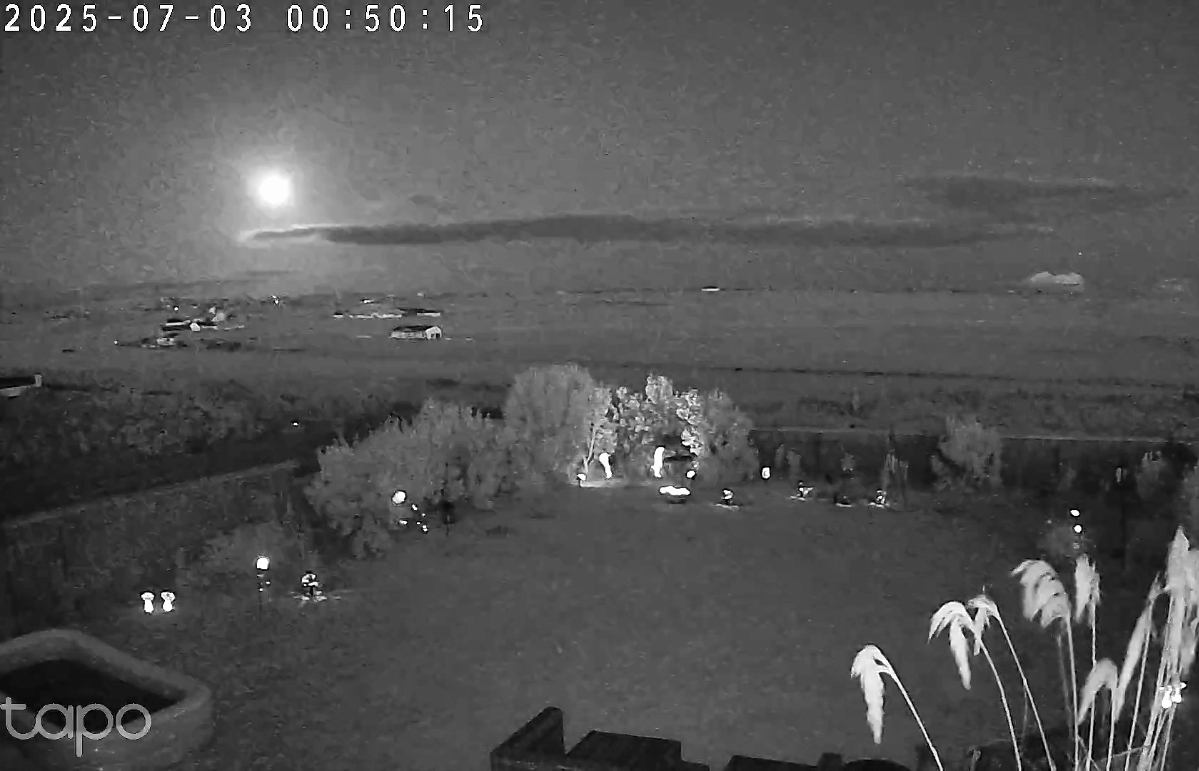 Norma Macleod
Norma MacleodWhile meteors are not uncommon in Scotland, Dr Opitom said this one looks “quite special” because of how bright it burned.
“We don’t know if there are any meteorites that have landed on the ground yet, but it would be really exciting as we could recover the rock from space and analyse it,” she told STV News.
 Adrian Coll
Adrian Coll“All over Scotland and the UK, there are cameras from the Fireball Network, so I’m sure footage analysis is well under way. If there are meteorites, we can find them and work back their trajectory.”

Insight Sean Batty STV meteorologist
For a light streak and a bang (sonic boom), it’s probably been a piece of space rock that was bigger than a golf ball.
These bits of rock, which drift around space pepper planets occasionally when drawn in by their gravitational pull, but luckily, Earth has a protective layer (the atmosphere), which means many of these small rocks burn up and disintegrate on entry.
However, sometimes the bigger ones, say bigger than a bowling ball, will burn up on entry, but because of it’s size, some of it will survive the journey and reach the ground.
With this one spotted last night, it’s difficult to say exactly how big it may have been and whether any of it survived to reach the ground. The only way of knowing would be if someone found a piece, although it may have fallen into the sea.
The big boom is the sonic boom created because of the speed the meteor enters the atmosphere. It’s travelling at speeds way over the speed of sound, compressing the air and creating the boom we hear as it enters the atmosphere. It’s the same sound we used to hear when Concorde entered the speed of sound as it headed out over the Atlantic.
These sonic booms can sometimes be so intense that windows can shatter, although there have been no reports of that, so it’s possible the most intense boom has been over the sea.
There was a meteor in 2013 over Russia, which was estimated to be around 20 metres in size which created such a massive shock wave that thousands of buildings were damaged.
A great spectacle for those who spotted it, but also thankfully, by the looks of it, something small enough to just put on a bit of a show. Larger meteors are the ones to worry about, which could cause immense damage were they to hit Earth, but the good news is most of the bigger ones are monitored and tracked, although occasionally one can pop up which has been hidden.
Follow STV News on WhatsApp
Scan the QR code on your mobile device for all the latest news from around the country


